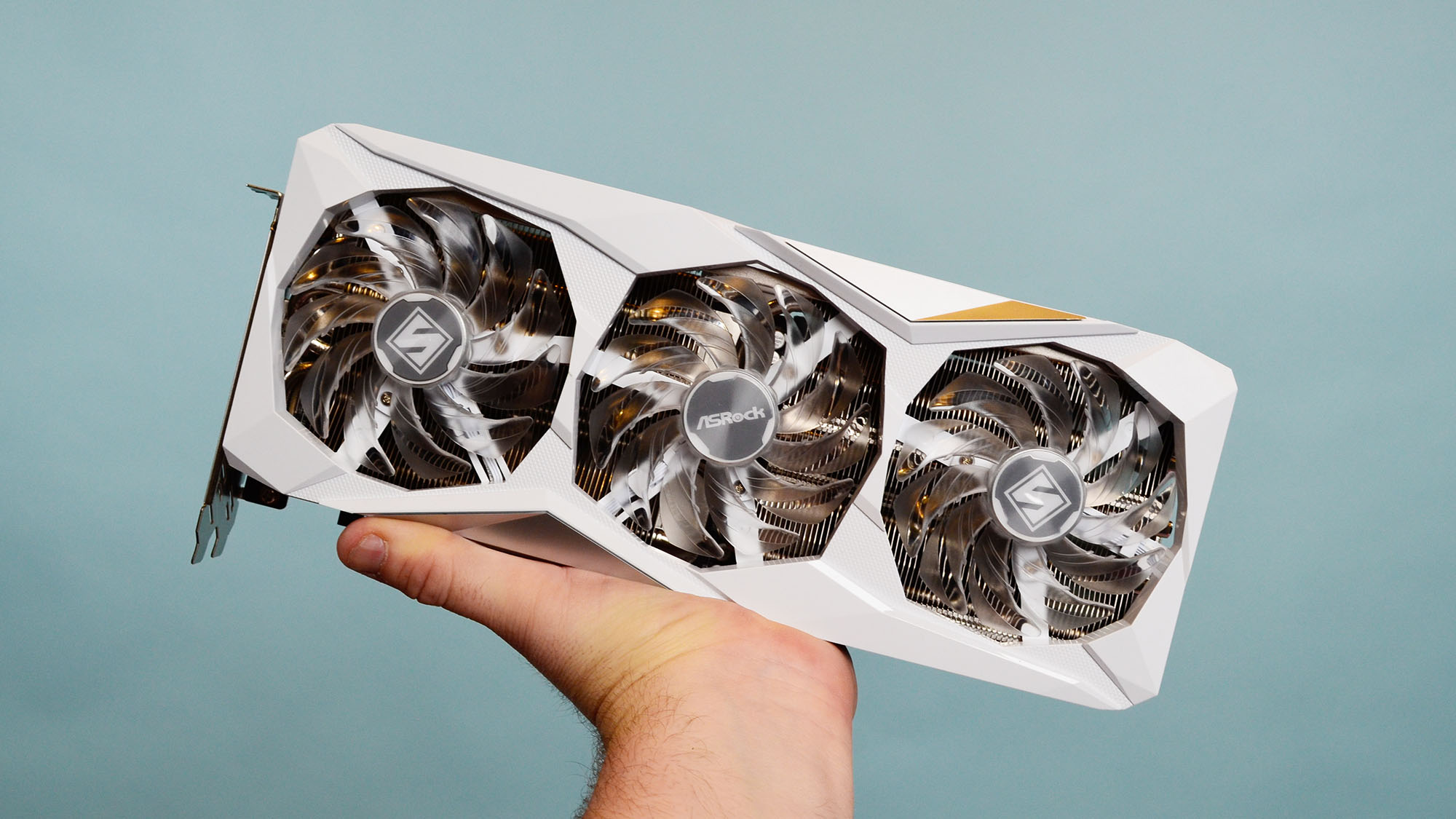
Plenty of the best graphics cards get their specs leaked through benchmarks before their official launch, and a new Geekbench leak for the upcoming AMD Radeon RX 8000 GPU series continues the trend.
The graphics card, listed under the code designation GFX1201, appears under new entries on Geekbench linked to the AMD RDNA4 architecture, as reported by VideoCardz. The codename matches with the identifier for the RDNA4 cards, as how GFX11 is used for RDNA3 cards, so it’s highly probable that it’s the RX 8000-series.
The RX 8000 graphics card shown in Geekbench has 28 Compute Units (CU) referring to Work Group Processors. When the number is properly doubled it means the graphics card mostly likely has 56 CUs and 3,584 Stream Processors. It also seems that it has a clock speed of 2,101MHz. The leak also confirms that the card will have 16GB of VRAM, and though the memory type hasn’t been confirmed it’s most likely GDDR6.
Keep in mind, however, that even if this is all true, we still don’t know what kind of sample graphics card it is. It could be a qualification sample or even an engineering sample, which would mean it doesn’t have the full specs or clock speeds that the final product will feature.
This is backed by the fact that both the clock speed and test results are extremely low, the latter even lower than the Nvidia GTX 1650 graphics card. So while we have some relatively concrete numbers, not everything is worth analyzing at this point. So make sure to take this leak with a grain of salt until we get the full picture closer to the RX 8000’s launch.
What will the RX 8000 series be made for?
Rumors concerning the AMD RX 8000-series powered by RDNA 4 have been surfacing since 2022, with information then hinting at a 2024 release. Two years later, more rumors since then have revealed a likely release window of either late 2024 or 2025.
A recent report implies that the Navi 48 flagship will be making its debut during CES 2025, with the Navi 44 coming sometime in Q2 2025. Both Navi 44 and 48 are mid-range graphics cards, with claims that the latter would match the RX 7900 XTX in terms of performance but could come at a lower price point.
Another concerning issue is that reports and rumors have been pointing to the RX 8000 series being little more than for minor improvements, with the RDNA 4 considered a “bug fix” of sorts for RX 7000 graphics cards. This is seemingly confirmed by other rumors asserting that there won’t be any high-end cards for the RX 8000 series.
Though these graphics cards won’t be built for power, the fact that we’re most likely getting mid-range cards at budget pricing is still quite fortunate. Not to mention that they’ll be addressing the issues with the 7000 series, so it seems that this is a net positive for gamers and other buyers awaiting the next-gen.







